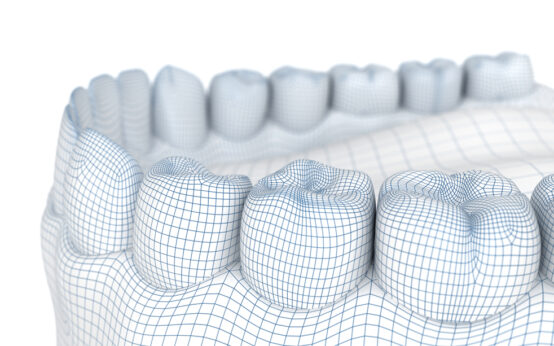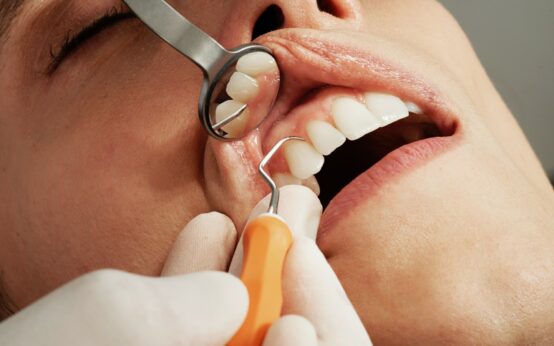Porcelain teeth are an excellent choice for a beautiful smile. Before you consider getting porcelain veneers, you should understand the benefits of veneers. In this article, you'll learn the composition of porcelain, the procedure used to place them, the cost, and the requirements for receiving them. Read on to find out more about the benefits and costs of this dental procedure. Also, learn how they are placed on your teeth and what you need to know before scheduling an appointment.
Table of Contents
Composition of porcelain
Porcelain teeth are made from a combination of materials. These materials include plaster of Paris, a 20-carat gold plate, and a platinum alloy. Some types of porcelain are gold-plated and contain platinoid, which is a platinum alloy. Other forms of porcelain are made from aluminum. The composition of porcelain teeth varies depending on the desired finish and appearance. For more information, see the following article.
Procedures for placing a porcelain veneer
A dentist can prepare your teeth for the placement of a porcelain veneer by lightly buffing them to a specific thickness. Your dentist may also remove a small amount of your tooth's enamel, but this will depend on the desired thickness of your veneer. During this time, a dental impression is taken of your mouth. Once this has been taken, the dentist will send it to a dental lab to manufacture your new veneer.
Before placing a porcelain veneer, your dentist will take an impression of your teeth to better customize your new veneer. Traditional impressions are still common. A paste-type material is applied to your teeth and left on for a few minutes. The impression will act as a basic “footprint” of your mouth. The impression is sent to a lab to be fabricated into a porcelain veneer. The process can take a week or more, so you may need to get a temporary veneer to wear until your permanent veneers are ready.
During the procedure, your dentist will use a drill to cut the temporary veneer in half and tease it off. After the temporary has been removed, the dentist will carefully check the fit of your veneer. He may need to make adjustments to the edges or cut a smaller section. A new laminate veneer will likely have slight imperfections, so your dentist will be prepared for a few small adjustments. This is because porcelain veneers are delicate and can break or chip when put under too much force.
Before your dentist begins your porcelain veneer procedure, he or she will take pictures of your teeth and discuss what your goals are. You should tell the dentist how much you want your new veneer to be, as this can have a large impact on the overall cost of the procedure. If you want to change the look of your teeth dramatically, a traditional veneer may be the better option. If you have a problem with one or two of your teeth, you might want to consider a traditional veneer.
Cost of a porcelain veneer
If you'd like to have a beautiful smile, the cost of a porcelain veneer for teeth is a significant consideration. In most cases, you'll need several appointments to get the procedure done. Some veneers are more expensive than others, depending on what extra work needs to be done. Initial visits usually involve a wax-up X-ray and an impression. The dentist will then plan the new look of your smile.
The cost of a porcelain veneer varies based on how many veneers you need. One full set is typically six or eight veneers, with an average cost of around $10,800. Total cost can run anywhere from $14,400 to $28,000. While the exact price of porcelain veneers can't be predicted for every patient, an experienced dentist will be able to provide you with an accurate estimate. They can also offer you financing options that work within your budget.
The cost of a porcelain veneer for teeth is highly dependent on the dentist you choose. The quality of a porcelain veneer depends on several factors, including the location of the dentist's practice, demand for their services, and their education and career experience. Before you make the decision to get a porcelain veneer, talk to your insurance company and narrow your search to several dentists. A high-quality veneer is well worth the price tag.
Prices can vary greatly by location, so you should shop around and ask around for estimates from different dentists. Many cosmetic dentists offer free consultations to answer any questions you have. Some even offer perks like airport pickup, private transportation, and deluxe accommodations for your stay. Additionally, the process can take as little as one hour. And while porcelain veneers can last for 10 to 15 years, composite ones can last only about five or six years.
When it comes to dental insurance, porcelain veneers are typically not covered by standard insurance plans. While they are often categorized as cosmetic procedures, they aren't deemed essential by most insurance carriers. Some full-coverage dental plans cover veneers, but they require you to be a policyholder for a specific amount of time, which can be prohibitively expensive. You may want to take advantage of flexible spending accounts if you're concerned about the cost.
Requirements for receiving a porcelain veneer
Before undergoing a porcelain veneer procedure, you must be a good candidate for this procedure. If you have weak teeth, gum recession, or cavities, you will not be a good candidate. You should also be in good overall dental health. Veneers cannot be applied to teeth that are weakened or do not have enough enamel. Furthermore, they are not an ideal solution for people who grind their teeth.
The process of receiving a porcelain veneer for teeth involves visiting the dentist twice, usually one month apart. The dentist will take a mold of your teeth and send it to a laboratory that will craft custom-made veneers for you. In between, a temporary veneer may be placed on your teeth. Once your dentist approves the final product, he will bond it to your teeth. The final step involves following a series of instructions and following proper care.
A skilled cosmetic dentist can determine whether you're a good candidate for dental veneers. The dentist will make this decision based on your medical history and physical examination. If you do not fit these requirements, your dentist will likely recommend another treatment. People who have good oral health and sufficient natural enamel must undergo the procedure. Those with bruxism or clenching must first treat these dental issues before getting a veneer.
After getting a dental veneer, the recovery period should be relatively short and easy. There might be some slight soreness after the procedure, but you won't notice any difference in your teeth afterward. You'll need to make sure to visit the dentist regularly to keep your veneer looking its best. As always, practice good oral hygiene after receiving a porcelain veneer. The healthier your mouth is, the longer your new veneer will last.
Unlike dental crowns, porcelain veneers are more convenient than they are expensive. A porcelain veneer takes two appointments to complete. The first appointment is a consultation with a prosthodontist, who will explain the different veneer options available. You may need to undergo x-rays or take impressions before the procedure. A small amount of tooth structure is removed from each tooth before a permanent veneer can be made. Temporary veneers are also available to protect your teeth while you wait for the permanent veneers to come in.
Sources:



 Ways to Fix Craze Lines Without Braces Or Root Canals
Ways to Fix Craze Lines Without Braces Or Root Canals  Are Temporary Veneers Worth the Trouble?
Are Temporary Veneers Worth the Trouble?  Restorative Dentistry – What Are the Different Types of Restorative Dentistry Procedures?
Restorative Dentistry – What Are the Different Types of Restorative Dentistry Procedures?  How Restorative Dentistry Can Help You Achieve a Beautiful Smile
How Restorative Dentistry Can Help You Achieve a Beautiful Smile